
Simandou Project Sets Stage for First Iron Ore Shipment
Rio Tinto has stockpiled 2 million tons of premium-grade iron ore at its Simandou project in Guinea. The company prepares for its first shipment to China in mid-November. According to Rio Tinto’s Q3 report, its joint venture SimFer has accumulated 1.5 million tons and moved initial loads onto a new railway in October.
This launch marks the first commercial shipment from Simandou, one of the world’s largest undeveloped sources of high-grade ore. Rio Tinto plans to route ore via Winning Consortium Simandou (WCS), a Singapore-Chinese partnership. WCS controls the northern section and began stockpiling ore in September, signaling competition for early market access.
At full capacity, Simandou will produce 120 million tonnes annually, split evenly between SimFer and WCS. SimFer operates blocks 3 and 4 in the south, while WCS controls blocks 1 and 2 in the north. This project positions Guinea as a new heavyweight in the global iron ore market.
Rio Tinto’s Simandou Launch to Disrupt Global Iron Ore Market
The Simandou project will add 8–9% to global seaborne iron ore supplies by 2028. Tom Price, head of commodities at Panmure Liberum, says this increase will pressure high-cost producers. As a result, less efficient operations may exit the market, boosting supply-chain competitiveness.
Earlier this year, the Guinean government expected Simandou to reach full output in its second year. Rio Tinto’s early positioning reflects the urgency to meet China’s growing iron ore demand. China remains the largest consumer, driven by steel and construction sectors.
Meanwhile, WCS is racing to complete its port, essential for sustaining large exports. Both Rio Tinto and WCS commit to long-term investments in Guinea’s mining infrastructure. This adds geopolitical importance to Guinea’s role in global commodities.
SuperMetalPrice Commentary:
The Simandou iron ore project launch signals a major shift in global supply. With Rio Tinto and WCS exporting, Guinea will soon rival Australia and Brazil. This change will impact pricing, trade flows, and competition, especially for China. Stakeholders should watch shipping volumes, infrastructure, and political stability closely. Simandou’s success will influence the global iron ore cost curve for years.



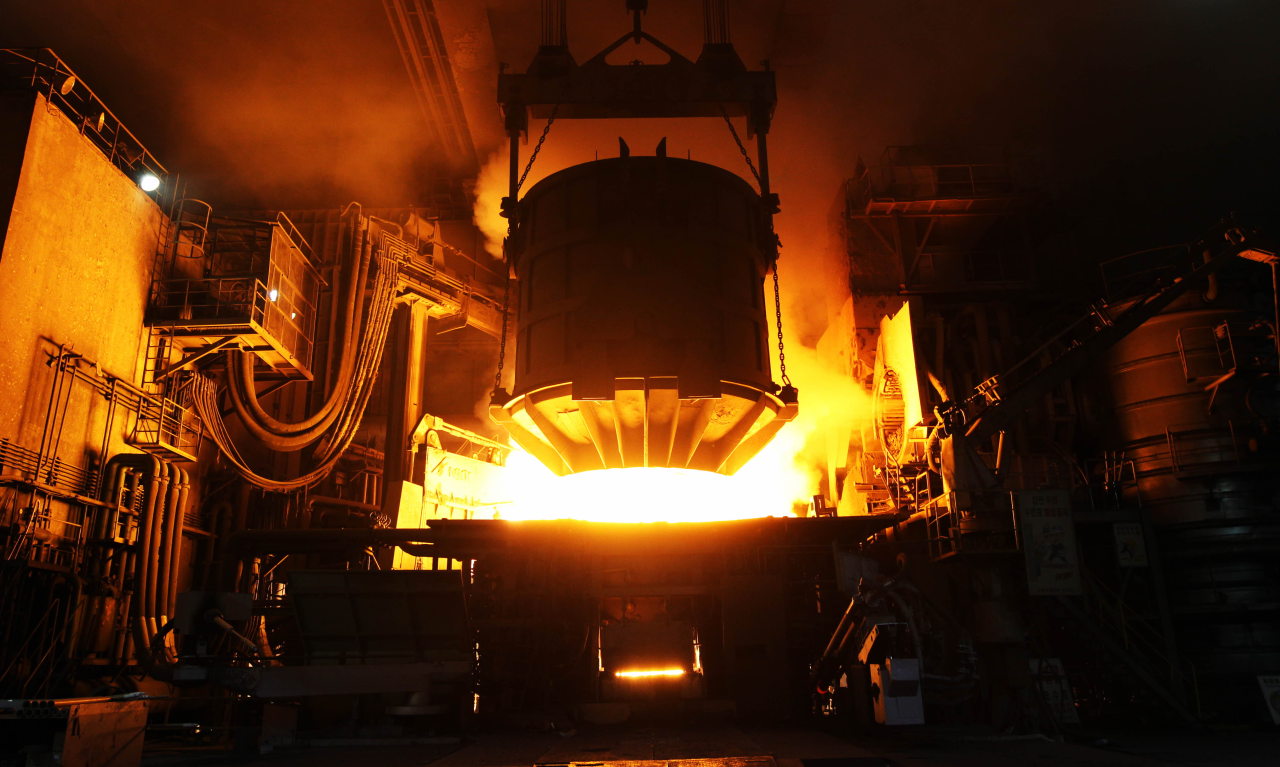
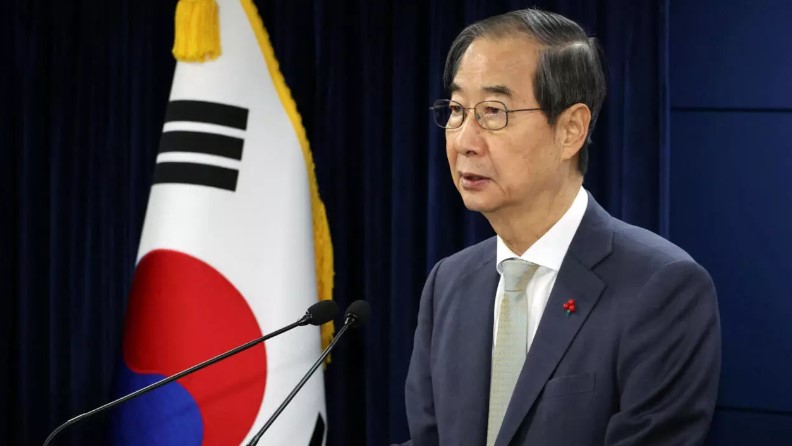
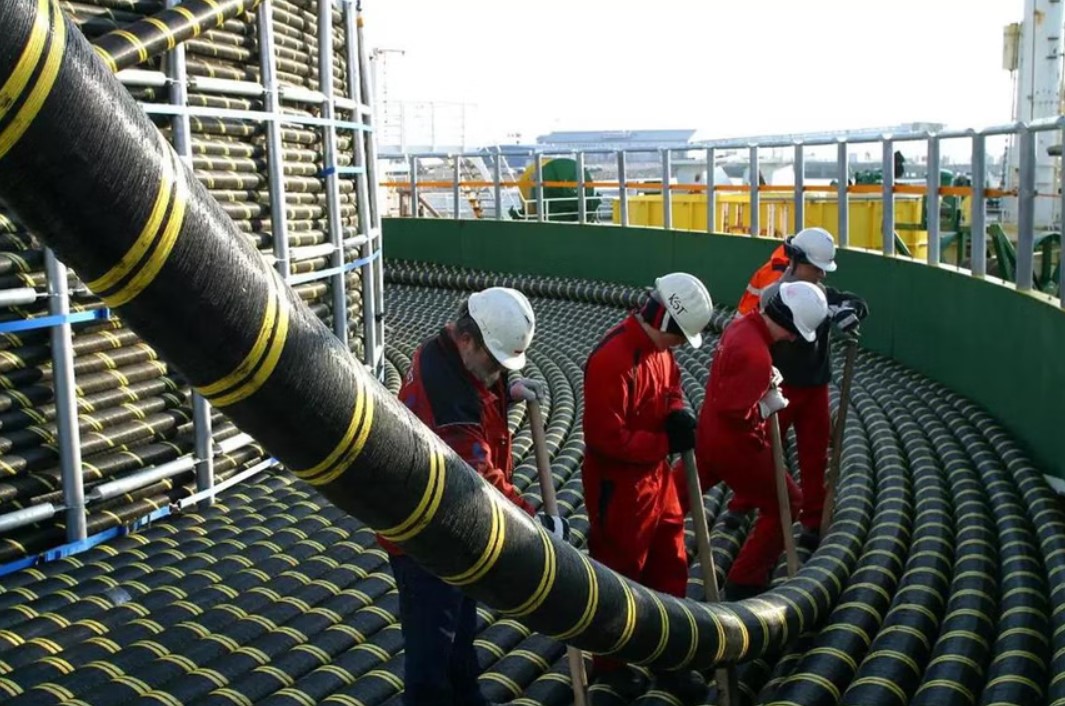

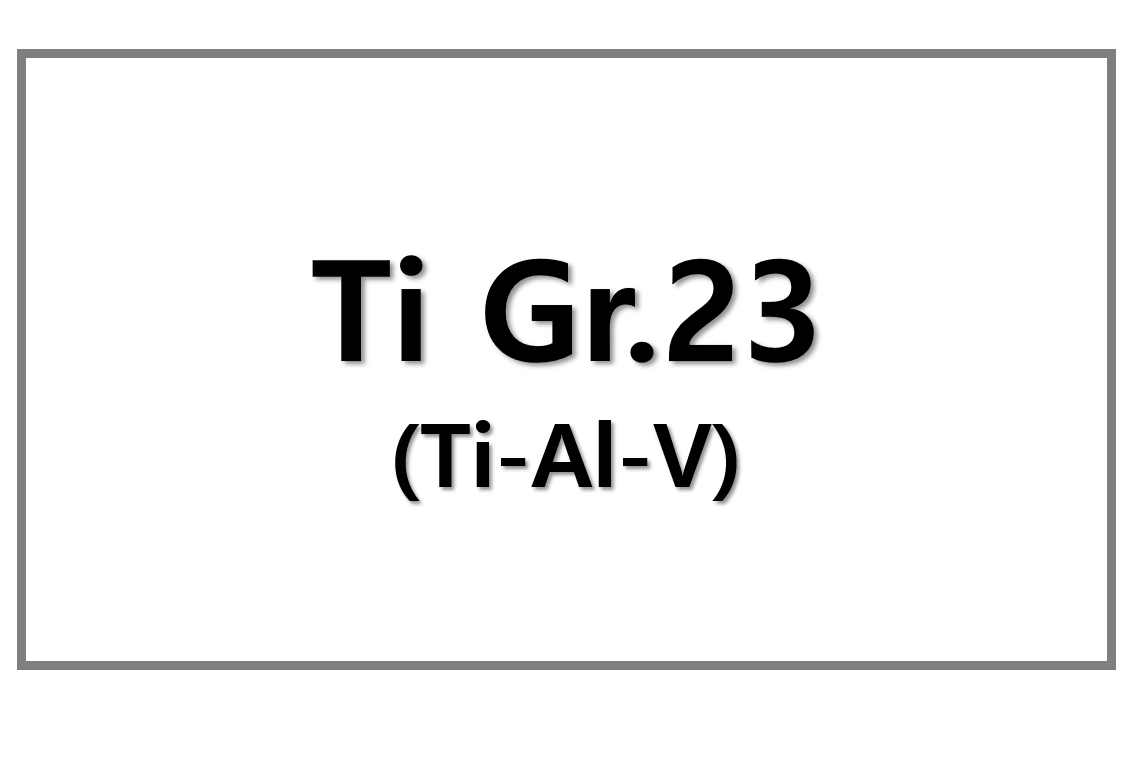
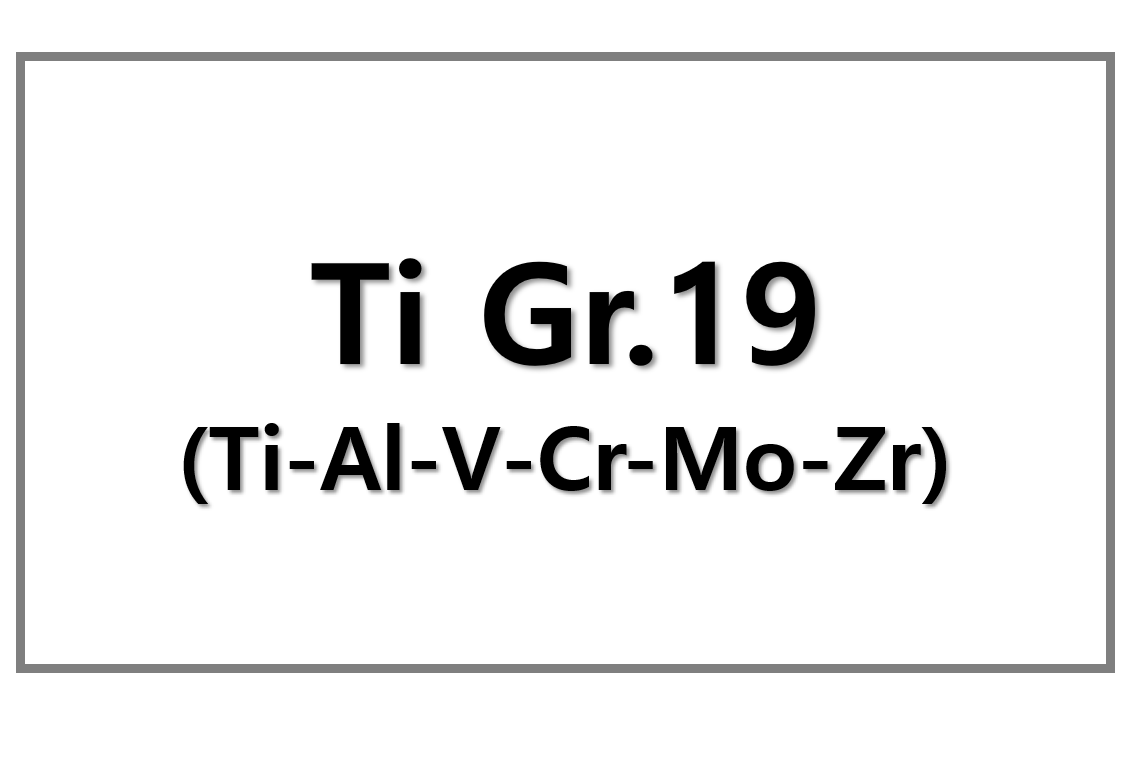
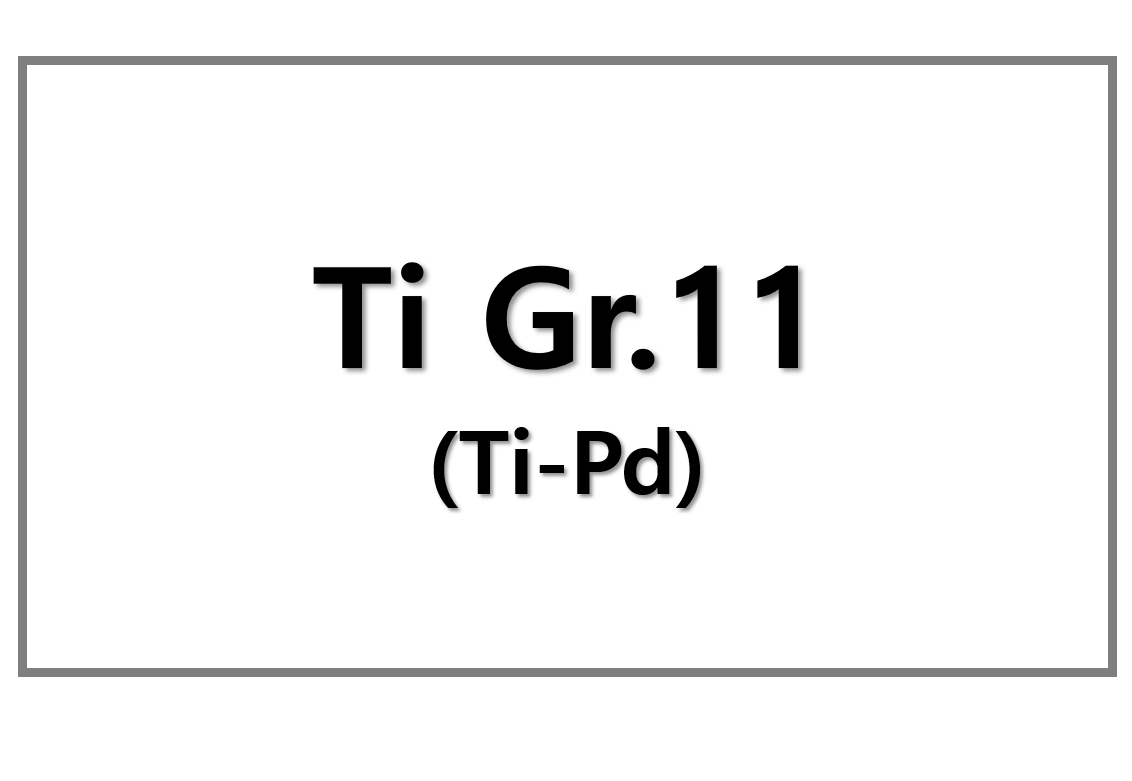
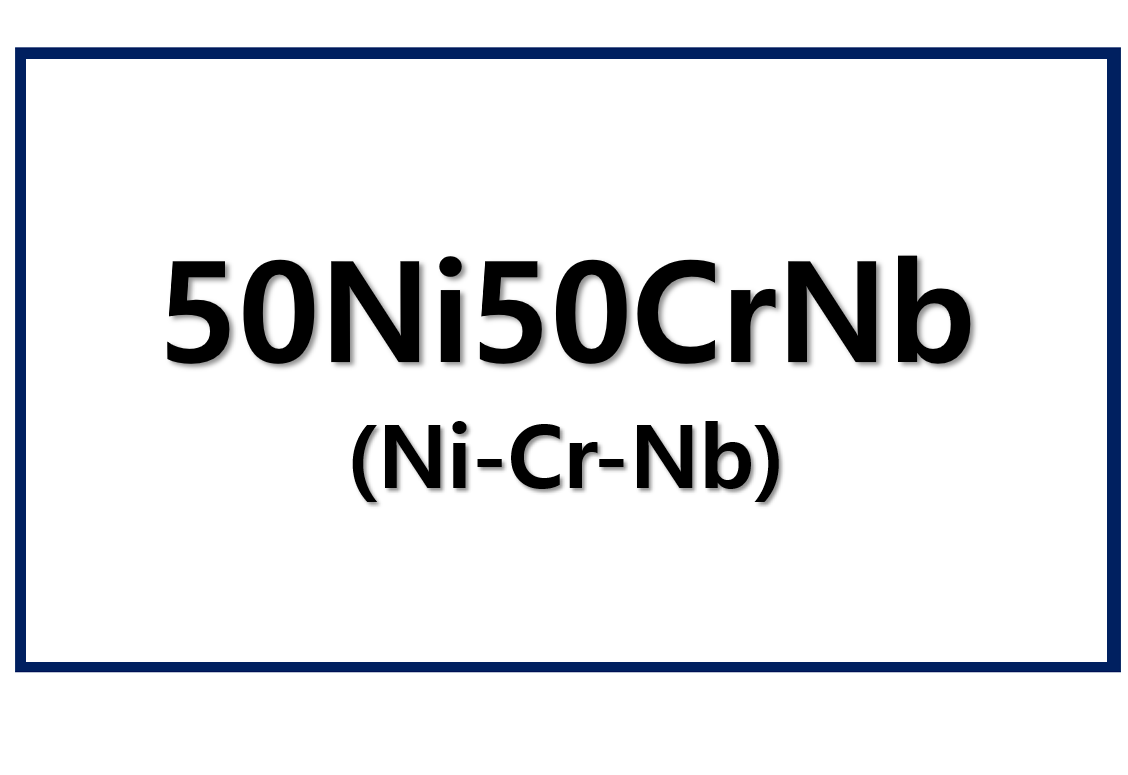
Leave a Reply
You must be logged in to post a comment.